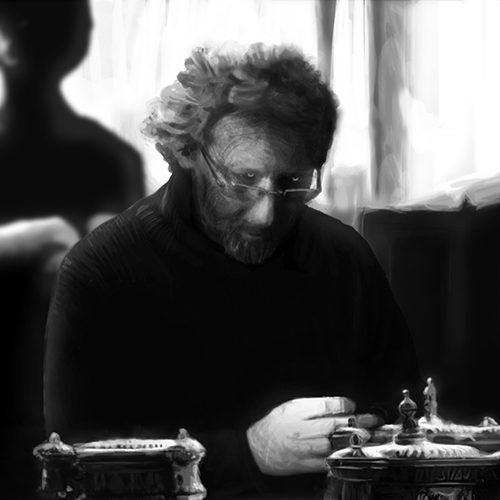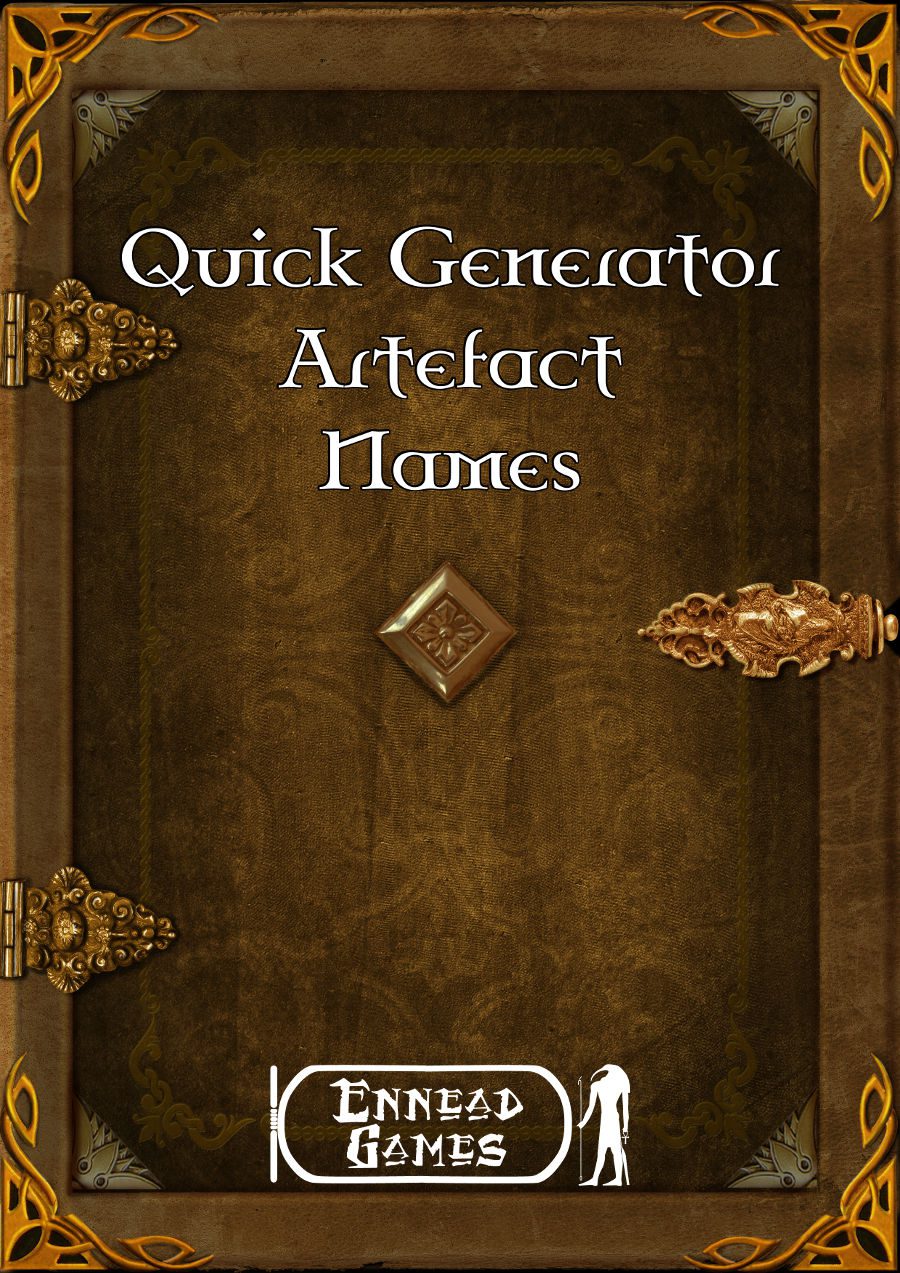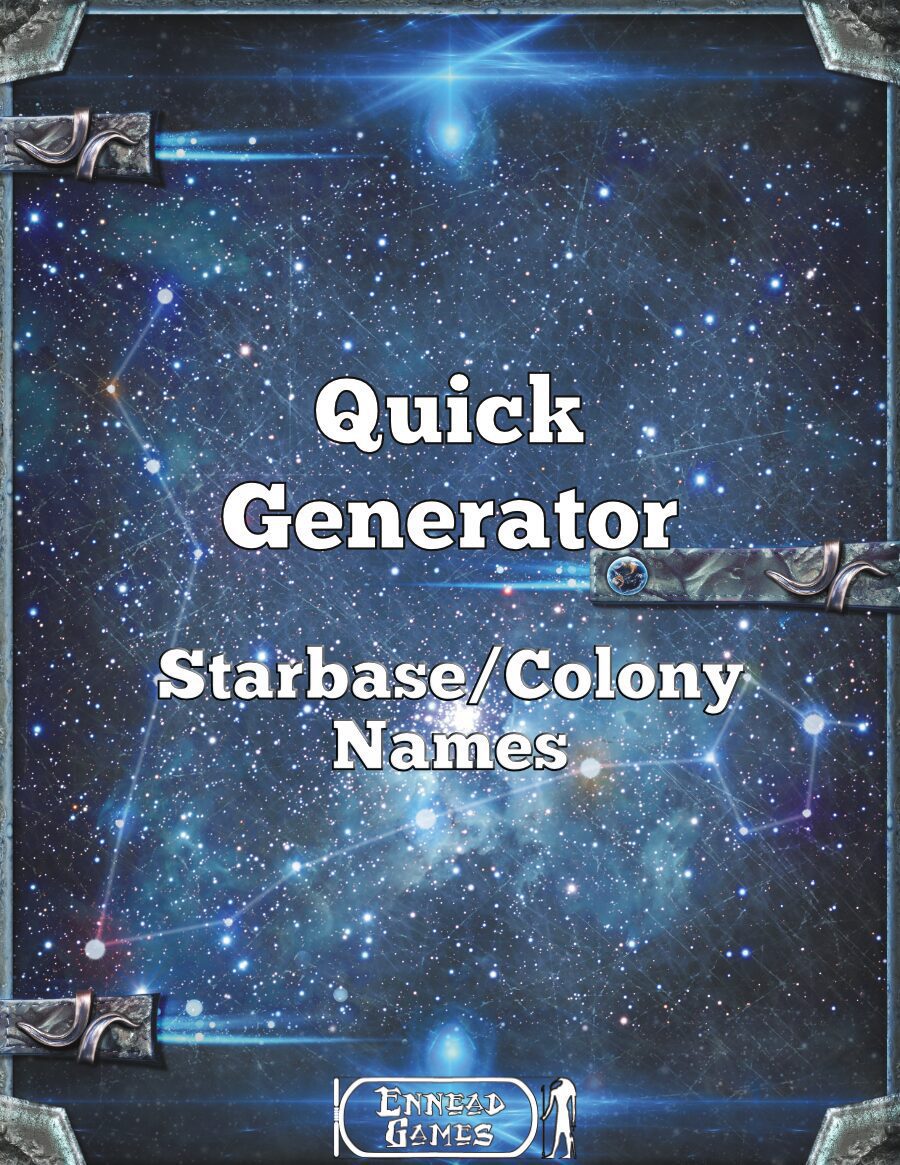
Villa Catacombs, Part 2: Bringing it all Together
Phil Nicholls blogs at Tales of a GM, where he writes about narrative gaming, faster prep and more story. He is currently running a HeroQuest Glorantha campaign in a home-brew setting. Phil has written for Johnn Four’s Roleplaying Tips newsletter and has a selection of self-published pdfs.
This essay is taken from the archives at Tales of a GM.
In the previous essay, I walked through the process of brainstorming the background to the catacombs beneath a villa. The next step was to look at all of the ratings we created together, and pick out those elements to include in the tombs. Working from the larger areas down to the catacombs themselves, this gave me the following components to our hole in the ground:
- Evercloud Valley
- A Bio-sorcerous War Machine – high rating, cool concept and likely to make a challenging encounter, not least as a change of pace from endless undead
- Earth Cultists – high rating, another great idea and one the Players engaged with strongly when we brainstormed the Valley together
- The town of Tanicium
- Gem mines – as previously mentioned
- Villa Tanicium
- Catacombs connect to the Villa and the mines – as explained previously
- Few guards – the low garrison rating suggests only a rudimentary guard on the catacombs, which should ease access for the Heroes
- Catacombs
- Full tombs – only at Medium so most tombs will be full, and not much empty space, yet this was not rated at High, so the catacombs are not overflowing
- Shelves of Servant Corpses – also rated at Medium, so a common feature, but not present on every wall. Many of these servants were animated during the Interlude game, so perhaps a few of those survived in the catacombs
- Clockwork Mechanisms – ended up with a Low rating, so not many of them remain. Or perhaps just not many in working order.
Taking all of these together, I had enough to work with to create a selection of encounters.
Stealing a Map
Even though this is not a traditional dungeon crawl, I still like to have a map. While running the game I use the narrative to advance the story as much as I can, to avoid the game crawling along. Also, as the Players have asked for a dungeon sequence, then drawing out the map will reinforce this style of play for them.
The best source of maps I know is the incredible Dyson’s Dodecahedron. Rummaging through my small sample of his many, many maps, I quickly settled on his Cinder Throne map. This is a small complex of about 20 rooms, set in the side of a hill, connected to some caves. So, if I make these caves the mines, and have the exterior as the grounds of the villa, then this became a good fit for my rough outline of the catacombs.
Encounter Structure
The last stage of my scenario creation process was mapping out the encounters. For a location, such as the catacombs, I would typically use a Five Scene Plot structure. Drawn together from several sources, the Five Scene Plot is another spreadsheet form that structures my game design.
In this case, the form breaks down the classic story structure into five scenes suitable for an RPG adventure. The five elements are:
- Entrance & Guardian
- Puzzle or Roleplaying challenge
- Trick or Setback
- Climax
- Reward, Reveal or Twist
Looking at these from a more traditional storytelling angle, Scene 1 is the introduction while Scenes 2 and 3 are the rising action. This leads to the usual climax to the story, and the reward for the Heroes. Many dungeon adventures seem to explore the rising action for a long time, before finally reaching the climax. I prefer to have my plots more compact, so generally stick to the Five Scene Plot.
Ten Scene Plot
However, in the case of the Villa Tanicius catacombs, the Players wanted a longer dungeon experience, so I doubled the amount of encounters, and effectively created a Ten Scene Plot.
Here is a brief look at the revised, ten step structure. I wanted just one climax and reward, but several of the other steps are listed as a pair of options. If I separate out these options, it takes me to the following eight steps;
- Entrance
- Guardian
- Puzzle
- Roleplaying challenge
- Trick
- Setback
- Climax
- Reward
Taking a conventional approach, I define a setback as a combat challenge. Those animated corpses left over from the Interlude, or an active clockwork defence, would all make suitable setbacks. Then, I sprinkle those into the sequence, I now have ten steps to my plot:
- Entrance
- Guardian
- Puzzle
- Setback
- Roleplaying challenge
- Setback
- Trick
- Setback
- Climax
- Reward
This is not necessarily how the Heroes will meet these encounters, as they are be scattered through the catacombs. Clearly, they will start with Scene 1, and the plot finishes with Scenes 9 and 10. The remainder will be spread across the map and left for the Heroes to find.
These steps are sprinkled around the dungeon. Steps 1 and 2 form the main entrance to the catacombs. Step 9 is the climactic fight, the “boss” creature placed deep within the complex. Step 10 is the main reward, and thus guarded by Step 9. This leaves Steps 3 to 8 to scatter through the catacombs, creating the desired balance of scenes, even if they are met in a different order.
Conclusion
The contents of each encounter need minimal prep in HeroQuest, just a few notes on ratings and abilities. This low prep requirement is another reason why I love playing with a narrative system. This article shows how I build up from the narrative to create a set of scenes for a dungeon. The catacombs are enough for about three sessions in our campaign.
How would you convert the background details into an encounter plan? What do you think of the extended Ten Scene Plot? Share your thoughts in the comments below.
Happy Gaming
Phil
For more essays from Phil, and updates about his latest campaign, visit Tales of a GM.




One thought on “Tales of a GM – Villa Catacombs, Part 2: Bringing it all Together”
Comments are closed.